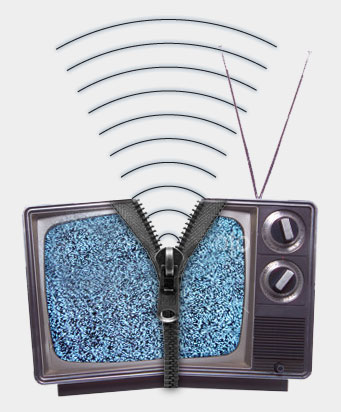The Federal Communications Commission (FCC) has recently made headlines with its decision to approve a new public broadband channel, a move that promises to reshape the landscape of wireless communications in the United States. At its core, this initiative aims to harness unused television white spaces, the gaps between broadcast television channels, for broadband internet access. The implications of such a development are profound, potentially transforming communities both urban and rural by providing high-speed internet connectivity to millions who currently lack adequate services.
The crux of the FCC’s decision lies in the potential of white space technology, a conduit that utilizes the electromagnetic spectrum more efficiently. This technology thrives on the idea of connectivity in open areas, thereby offering a solution for regions that traditional broadband services cannot reach. The approval signifies a noteworthy shift in the FCC’s perspective, acknowledging the urgency to bridge the digital divide. For years, countless households have battled with sluggish internet or complete lack of access, hindering their ability to participate in an increasingly digital world.
In the current climate, where remote work and online education have become the norm, the urgency for reliable broadband is clearer than ever. The significance of the FCC’s endorsement cannot be overstated; it is not merely about enhancing internet speeds but rather about fostering socioeconomic inclusion. Access to high-speed internet can be a determining factor in employment opportunities, educational resources, and access to vital services. The ripple effects of this initiative could resonate through various sectors, encouraging businesses to expand into underserved areas and individuals to gain access to a wealth of knowledge and resources previously out of reach.
Furthermore, the approval is likely to catalyze innovation within the tech industry. Companies specializing in wireless broadband technologies may see this as an open invitation to invest in research and development, creating new solutions tailored to harness the capabilities of white space. The competitive landscape is primed for evolution, presenting opportunities for startups to emerge as key players in the connectivity realm, paralleling the growth of the industry in the early days of broadband.
Nonetheless, challenges remain. Questions surrounding regulatory frameworks and the technical feasibility of deploying these networks in varied environments will need thorough examination. Concerns about interference with existing broadcast signals also need addressing. The FCC’s decision marks the beginning of a new chapter; it opens the door to potential pitfalls but also paves the way for unprecedented progress in the domain of public broadband access.
As communities begin to envision the vast possibilities that come with enhanced connectivity, there remains a palpable sense of anticipation. Could this initiative be the turning point that finally addresses the digital inequity plaguing countless Americans? Only time will unveil the full spectrum of implications stemming from the FCC’s ambitious endorsement.
